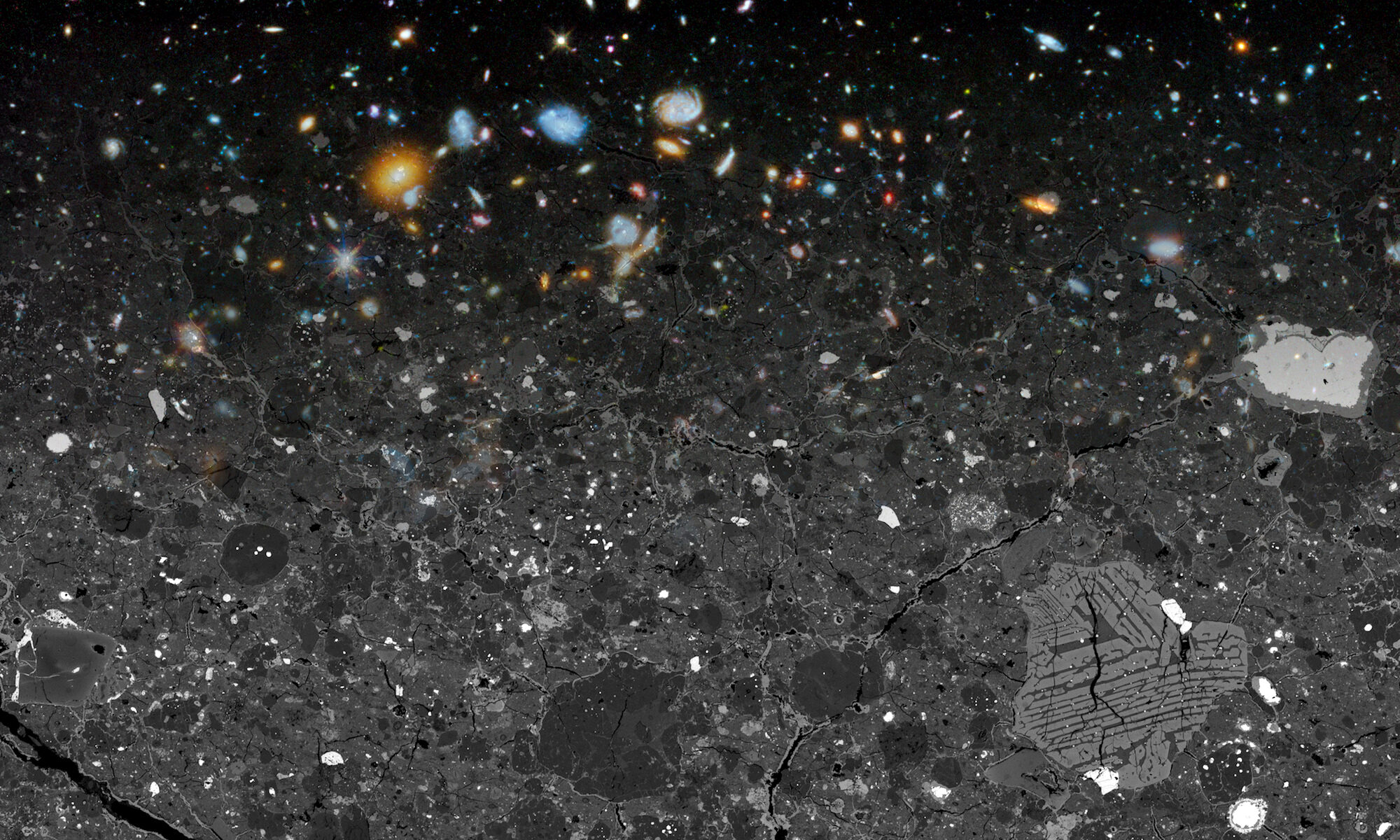Presolar Grains
One of the primary focuses of our research has been the characterization of individual grains of silicon carbide, graphite, oxides, and silicates whose unusual isotopic properties show that they must have formed around other stars (circumstellar grains) prior to incorporation into the solar nebula.
Interplanetary Dust Particles
Interplanetary dust particles (IDPs) are among the most primitive materials in the Solar System. Giant cluster interplanetary dust particles have fragile structure, unequilibrated mineralogy, and other characteristics that indicate they originate from comets.
Stardust Samples from Comet Wild 2
In January 2006, the Stardust spacecraft returned to Earth with dust particles collected from the comet 81P/Wild 2. We are studying these samples, which are found in both the aerogel tiles and the surrounding aluminum foils. We are also investigating samples of contemporary interstellar dust that was collected in the “back-side” collector during the spacecraft’s journey to Wild 2.
Hayabusa Samples from Asteroid Itokawa
JAXA’s Hayabusa mission returned surface regolith samples from asteroid Itokawa in June 2010. These samples present an opportunity to study space-weathering processes in the asteroid belt.
Genesis Samples of the Solar Wind
NASA’s Genesis mission returned samples of the solar wind in a variety of materials to Earth in September 2004. We analyze these samples to quantify the elemental and isotopic abundances of the Sun with sufficient precision to address problems in cosmochemistry.
Meteorite Cosmochemistry
Our research includes the in-situ study of trace elemental and isotopic compositions of meteorites and lunar samples in order to better understand their formation and to gain insights into the chemical nature of their parent materials. Trace elements, and particularly the rare-earth elements (REE), are sensitive indicators of igneous differentiation processes, as they typically partition strongly into either the liquid or crystal phase of a magma system.
Noble Gas Research
This work centers on the history and development of the solar system as deciphered by noble gas mass spectrometry. Observations of isotopic effects in the rare gases due to various nuclear reactions, presolar components, and decay of extinct radionuclides impose constraints upon the origin of the elements and upon the early history of the solar system.

